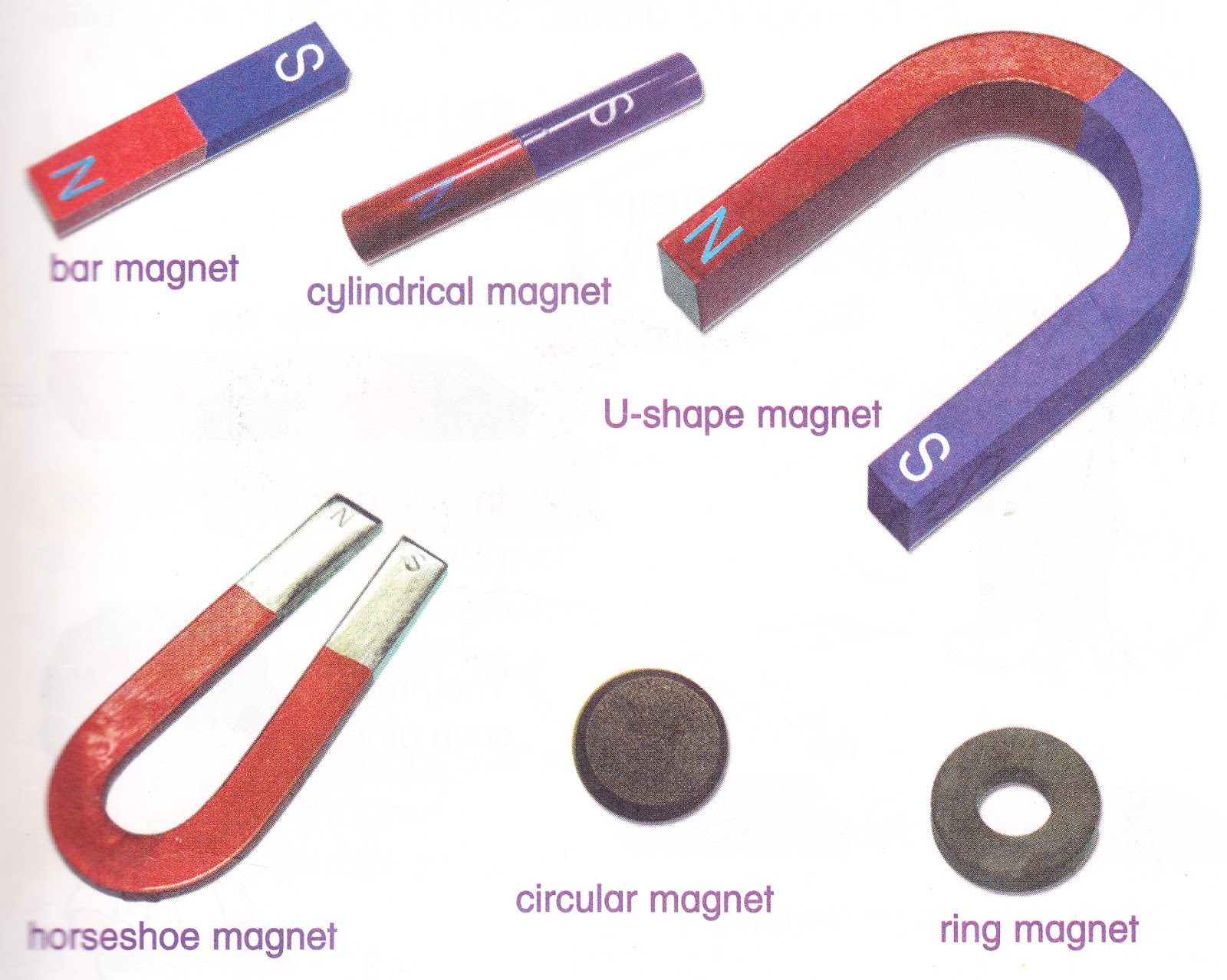Unlocking the Magic of Magnets for Kids
Ever wonder how a fridge door stays shut or how a compass points north? The answer lies in the captivating force of magnets! The study of magnets, or magnetism as it's scientifically known, is a fascinating branch of physics that explores these invisible forces and their impact on our world. For kids, learning about magnets offers a fun and engaging way to explore basic scientific principles and ignite a passion for discovery.
Magnets have been captivating humans for centuries. Imagine discovering a rock that magically attracts other similar rocks or pieces of metal – it must have seemed like pure magic! Early civilizations noted the magnetic properties of lodestone, a naturally occurring magnetic mineral. This discovery led to the creation of the first compasses, which revolutionized navigation and exploration. Today, understanding magnetism is crucial in countless technologies, from electric motors and generators to MRI machines and data storage devices.
Introducing children to the science behind magnets can spark an early interest in STEM fields. It helps them develop critical thinking skills as they observe magnetic interactions, experiment with different materials, and learn about magnetic poles and fields. Kids can begin to grasp complex concepts like force and energy in a tangible way through hands-on activities with magnets.
Understanding magnetism for kids starts with the basics. Every magnet has two poles – a north pole and a south pole. Like poles repel each other (north repels north, south repels south), while opposite poles attract (north attracts south). This fundamental principle is the basis for all magnetic interactions. The area around a magnet where its magnetic force can be felt is called its magnetic field. This field is invisible but can be visualized using iron filings sprinkled around a magnet.
Exploring the concepts of attraction and repulsion can be done through simple experiments using everyday materials. For example, children can gather various objects like paper clips, buttons, coins, and pieces of wood. By testing which objects are attracted to a magnet and which ones are not, they can begin to understand the properties of magnetic materials. They can also observe how the strength of the magnetic force varies with distance and the size of the magnet.
One benefit of understanding magnetism is fostering problem-solving skills. By experimenting with magnets of different shapes and strengths, kids can figure out how to build simple magnetic structures or solve magnetic puzzles. This encourages them to think creatively and find solutions through trial and error.
Another benefit is improving spatial reasoning abilities. Working with magnets allows children to visualize the invisible magnetic field lines and understand how magnetic forces act in three-dimensional space. This can boost their spatial awareness and understanding of abstract concepts.
Learning about magnetism also connects classroom science to real-world applications. Children can explore how magnets are used in everyday objects like toys, appliances, and even transportation. This helps them appreciate the practical relevance of scientific principles and inspires them to learn more about the world around them.
A simple action plan for exploring magnets could include visiting a science museum with a magnetism exhibit, conducting home experiments with magnets and common household items, and researching famous scientists who contributed to the field of magnetism. Successful examples include building a simple compass or creating a magnetic sculpture.
Advantages and Disadvantages of Studying Magnets for Kids
| Advantages | Disadvantages |
|---|---|
| Engaging and Fun | Potential for Swallowing Small Magnets (Safety Concern) |
| Develops Critical Thinking | Can be Distracting if Not Supervised |
| Enhances Problem-Solving Skills | Limited Scope for Advanced Studies at a Young Age |
FAQs
What is a magnet? A magnet is an object that produces a magnetic field and can attract certain materials.
How do magnets work? Magnets work because of the movement of electrons within atoms.
Are all metals magnetic? No, not all metals are magnetic. Iron, nickel, and cobalt are the most common magnetic metals.
What is the strongest type of magnet? Neodymium magnets are among the strongest permanent magnets.
Can magnets lose their magnetism? Yes, magnets can lose their magnetism if exposed to high temperatures or strong impacts.
What is a magnetic field? A magnetic field is the invisible area around a magnet where its magnetic force can be felt.
How are magnets used in everyday life? Magnets are used in many everyday objects, including refrigerators, speakers, and computers.
Where can I learn more about magnets? You can learn more about magnets at your local library, science museum, or online.
Tips and tricks for exploring magnets with kids include using clear containers filled with iron filings to visualize magnetic fields, creating magnetic games like fishing for magnetic objects, and building simple electromagnets using batteries, wire, and nails.
In conclusion, the science of magnets for kids provides a captivating journey into the world of invisible forces and their remarkable impact on our lives. From the earliest discoveries of lodestone to the sophisticated technologies of today, magnetism continues to fascinate and inspire. By encouraging kids to explore the properties of magnets through hands-on activities and real-world examples, we can foster a lifelong love of learning and cultivate essential STEM skills. The magic of magnetism can spark curiosity, ignite creativity, and open a world of scientific exploration for young minds. So, grab some magnets, gather your curiosity, and embark on a magnetic adventure! Exploring the science of magnets offers a wonderful opportunity to engage children with the wonders of science and inspire a lifelong passion for discovery. Let the magnetic exploration begin!
Decoding white exploring the significance of white color codes
Pearl white car paint a comprehensive guide
Whipped mocha benjamin moore the warm embrace of coffee kissed walls














